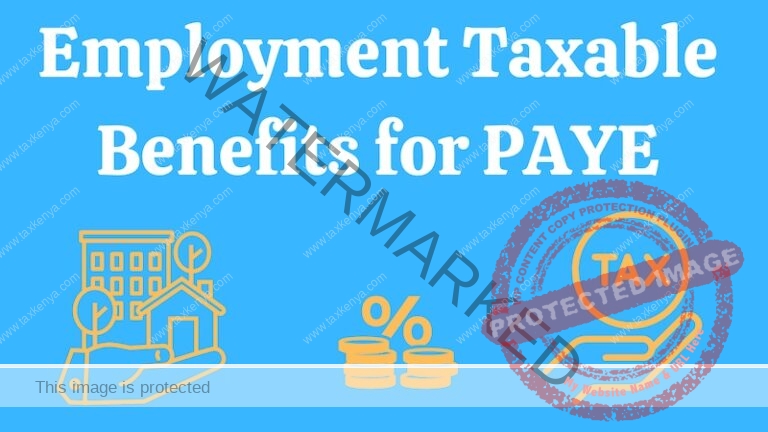Where are the missing taxpayers in the European Union? vying of VAT has given rise to a new concept of missing taxpayers, an activity prevalent in the European Union (EU) member countries but which is observed across the world where VAT is levied.
VAT exemptions in EU
There are currently twenty-eight (28) member countries in the European Union. Operations of some taxes are harmonised while others are not. VAT is one of the taxes whose operations is harmonised at least in certain aspects.
One of the tax agreements in the EU is not to levy VAT on certain exports from member countries as long as they are destined to member countries. This has created opportunities for some entrepreneurial taxpayers in the union to engage in the infamous scheme of missing taxpayers. Some of the goods that have been affected in this scheme are electronic microchips, mobile phones, carbon credits etc.
In almost all the schemes, the activities seem to follow certain steps. Once the taxpayers have procured the good tax-free from the member countries, they import the goods into their home countries tax-free. They levy the VAT on selling the goods.
However, some crafty taxpayers walk across the border and purchase items tax-free and when they sell the goods in their home countries, they do not remit the VAT they have levied to the tax authorities.
The taxpayer disappears and the VAT disappears too… hence, the term missing taxpayers.
Types of missing taxpayer’s schemes
Across the EU, two very common types of missing taxpayer’s schemes have been identified. The distinguishing factors being the point at which the taxpayers goes missing and the number of transaction.
The two types of schemes are acquisition of missing taxpayers and carousel missing taxpayers. These are not the only schemes but they are the most common.
a) Acquisition missing taxpayers
In this scheme, goods are bought VAT free and imported VAT-free from an EU member country. In the pricing of the goods, the taxpayer will add their mark-up and the VAT. The goods are sold with VAT and the taxpayer is paid. This type of scheme is prevalent with goods that are sold to end-users. However, instead of the taxpayer remitting the tax to the tax authority, they disappear. Equally, the VAT goes missing.
Example
Kamau who is a permanent resident and a businessman in UK imports goods from Germany worth 1,000,000 Euros. Once the goods are in the UK, Kamau adds a mark-up of 20% over the import price and VAT at the standard rate of 20%. Kamau sells the goods at 1,440,000 Euros.
Kamau will make a profit of 200,000 Euros and charge VAT of 240,000 Euros which he is expected to remit to H.M. Revenue and Customs. However, Kamau will not remit the VAT but will instead disappear with the VAT. He will also not pay any income tax where applicable.
b) Carousel missing taxpayers
In this scheme, the goods are imported tax-free from a member country and sold several times each time. In each subsequent sale, there is mark-up and VAT added. The amount of VAT charged increases at each sale because of the mark-ups.
For example, if goods are sold once there is only one instance of mark-up but if the goods are sold three or four times, the markups will be as high. In this scheme, several taxpayers will disappear.
Once the goods are imported, the importer will charge a price inclusive of mark-ups and VAT. The taxpayer may decide not to remit the amount but disappear with the tax. This stage is equivalent to the acquisition of missing taxpayer scheme. However, the buyers of the goods do not end users. The buyers will sell the goods and recover the VAT paid on the purchases along the supply chain.
The buying and selling will continue along the supply chain up to the seller who will make the sales to the end-user. This seller determines whether this is a case of acquisition of missing taxpayers and carousel missing taxpayers.
There are three things the seller can do here. One, the seller can sell the goods and remit the VAT. Two, the seller can sell the goods and disappear – no VAT is remitted to the tax authority. Three, the seller can export the goods and claim back the VAT – the tax authority will pay the seller. In two and three, the government will lose money.
There are several things to note about this scheme. It involves many buyers and sellers in attempts to lose track of the activities. Second, the goods may not physically leave the port of entry especially in cases where the goods are re-exported. Third, there may be an innocent buyer and sellers in the supply chain. Fourth, some of the buyers and sellers in the supply chain are in the scheme.
Example
Ashil from UK went to Germany and bought goods worth 100,000 Euros. Since the goods were for export, there was no VAT levied. He imported the goods into UK tax-free. He sold the goods to Catie and the price had mark-up and VAT. Ashil did not remit the VAT to UK tax authority. After adding her mark-up, Catie levied VAT and sold the goods to Job who then sold the goods to Tom.
This will continue till the last person in the chain who was Ramesh bought the goods at 200,000 Euros and paid VAT amount of 40,000 Euros. Ramesh exported the goods back to Germany and claimed back the VAT amount.
The net effect of the scheme is that all the VAT that was paid to the tax authority was claimed back and hence no VAT was paid for the transaction to the government.
Money laundering
The money that is generated by the persons involved in the schemes is often laundered by entering it into the legal financial process to be drawn later as clean money. The money is laundered in international operations across the globe to such countries as Dubai, Hong Kong, USA, Switzerland, Portugal or even UK itself.
Measures taken to minimise the incidences
The member countries affected by the schemes have taken several measures both at home and at the EU level. Some of the measures include stiff jail terms and payback of the money. A good example is the case of two Britons Geoffrey Winston Johnson and his son Gareth. Geoffrey was jailed for 24 years in absentia before he was arrested in Dubai using a fake British passport to travel from Kenya in July 2017.
The two were also ordered to pay back 109 million British pounds to HM Revenue and Customs. Other measures are invoking international agreements to enforce arrests and freezing of bank accounts.
The challenge
The case of missing taxpayers in the VAT system of tax is not unique to the EU. It is a problem that is rampant across the world. Moreover, the types and operations are not static but keep on evolving. The EU acknowledges that the schemes have been around as far back as 1993 and despite the current knowledge, it is impossible to clean out the schemes completely. However, measures continue to be put in place to minimize tax incidences.
The questions
The questions are:
1) Are there cases of missing taxpayers in Kenya specifically and African in general?
2) What are the tax authorities doing about it?
Thank you for reading the article.
Dr. Wakaguyu Wa Kiburi.



